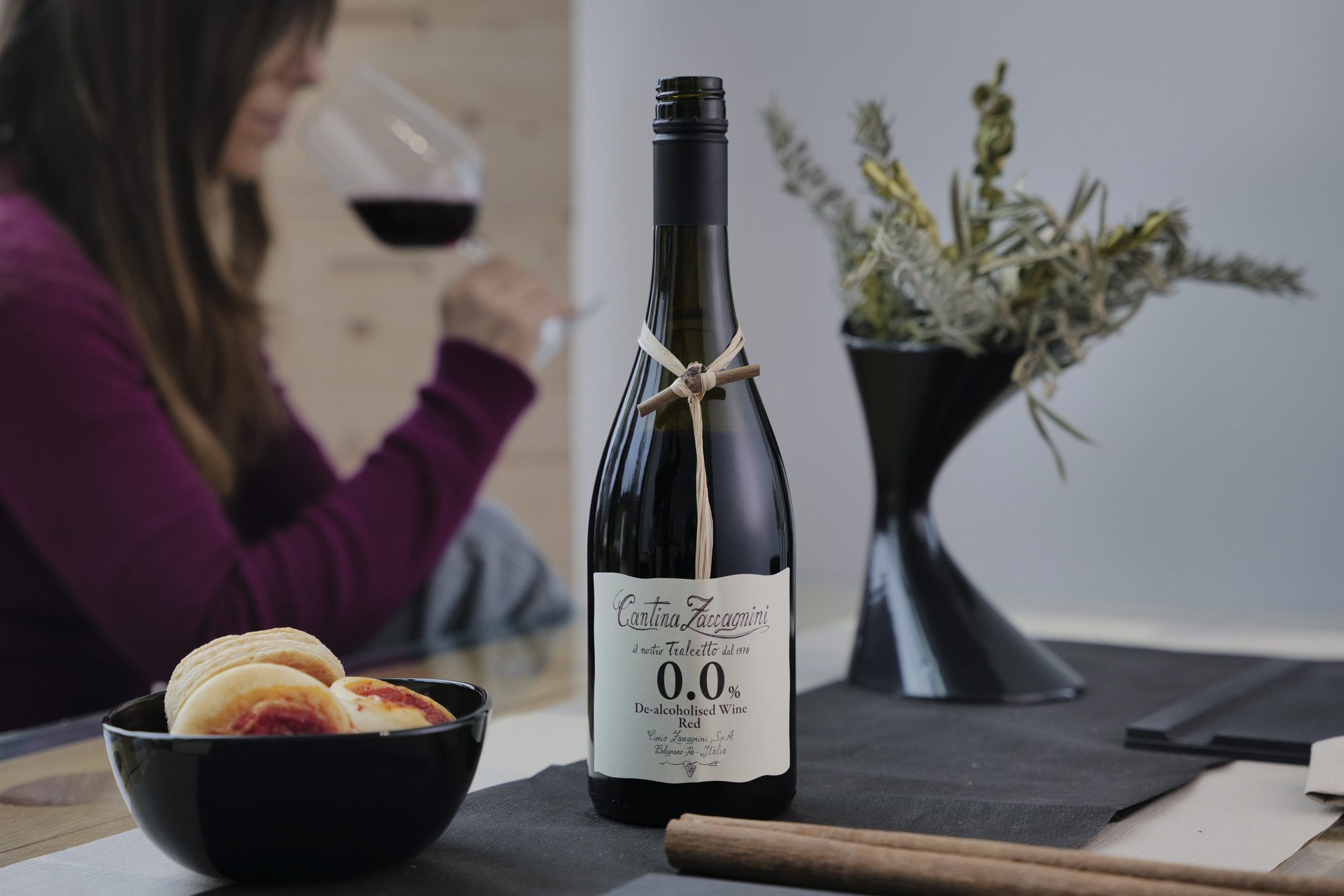Findings from Bronze Age wine cellar revealed
Wine from what is possibly the oldest and largest collection of wine containers has been studied shedding new light on ancient wine production.
Around 40 large s were uncovered on the site of an old Canaanite palace at Tel Kabri in northern Israel in 2013.
Together they would have held around 528 gallons of wine, equivalent to 3,000 bottles today.
Traces of wine inside the jugs was examined by archaeologists who found the residue from herbs and resins that had been used to preserve and possibly improve or at least enhance the flavour of the wine.
It is thought that all or nearly all of the jars contained wine and only three do not contain syringic acid, a compound specifically associated with red wine.
The findings were revealed in the latest report from the Plos One journal. The introduction to the report explained: “A comprehensive program of organic residue analysis has now revealed that all of the relatively uniform jars contain evidence for wine. Furthermore, the enclosed context inherent to a singular intact wine cellar presented an unprecedented opportunity for a scientifically intensive study, allowing for the detection of subtle differences in the ingredients or additives within similar wine jars of apparently the same vintage.
“Additives seem to have included honey, storax resin, terebinth resin, cedar oil, cyperus, juniper, and perhaps even mint, myrtle, or cinnamon, all or most of which are attested in the 18th century BC Mari texts from Mesopotamia and the 15th century BC Ebers Papyrus from Egypt.
“These additives suggest a sophisticated understanding of the botanical landscape and the pharmacopeic skills necessary to produce a complex beverage that balanced preservation, palatability, and psychoactivity.”
Speaking to the Smithsonian Magazine, Andrew Koh, an archaeologist at Brandeis University and lead author of the report, explained the relevance and importance of the site.
Partner Content
He said: “What’s fascinating about what we have here is that it is part of a household economy.
”This was the patriarch’s personal wine cellar. The wine was not meant to be given away as part of a system of providing for the community. It was for his own enjoyment and the support of his authority.”
The huge palace complex – covering some 6,000 square metres, has been the subject of on-going excavations since the 1980s.
It is thought to have been destroyed by an earthquake in 1600 BC and was never reoccupied.
Archaeologists across the Middle East are continuing to uncover links to ancient winemaking and continued examination of ancient sites could determine which grapes, if any still survive, used to be cultivated for wine in the region before the introduction of French varieties in the 19th century.
It is thought that winemaking came to the Tel Kabri region in the fourth millennium B.C and that by the Middle Bronze Age wines from there and the Jordan Valley were held in high regard and exported to the pharaohs in Egypt.




